Windows, doors, and skylights—also known as fenestration—are significant components in a home's envelope. Ensuring they are as energy efficient as possible can save energy; reduce heating, cooling, and lighting costs; and improve the comfort of your home.
Shopping for Efficient Windows, Doors, and Skylights
-
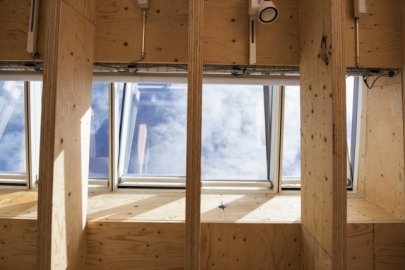 Energy performance ratings make it easier to shop for energy-efficient windows, doors, and skylights.
Energy performance ratings make it easier to shop for energy-efficient windows, doors, and skylights. -
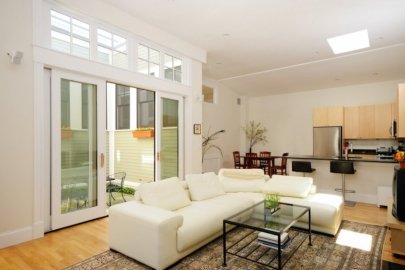 Find product information and locate professional services for windows, doors, and skylights.
Find product information and locate professional services for windows, doors, and skylights.
Energy Efficient Windows
-
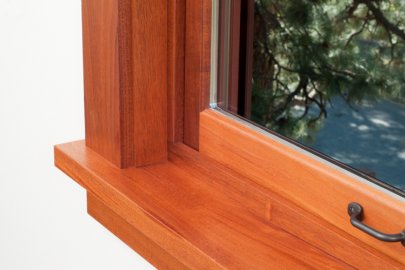 Combine an energy efficient frame choice with glazing materials for your climate to customize your home's windows and reduce your energy bills.
Combine an energy efficient frame choice with glazing materials for your climate to customize your home's windows and reduce your energy bills. -
 If your budget is tight, storm windows are less expensive than new, energy-efficient windows.
If your budget is tight, storm windows are less expensive than new, energy-efficient windows. -
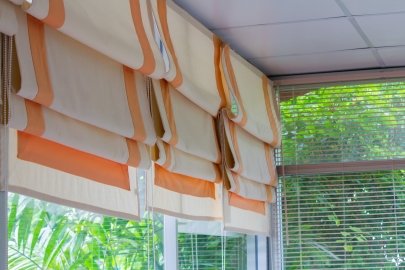 Choose window treatments and attachments that allow you to use natural light while reducing the heat gained.
Choose window treatments and attachments that allow you to use natural light while reducing the heat gained.
Energy Efficient Doors
-
 Replacing or caulking and weatherstripping exterior doors can save money and energy in your home.
Replacing or caulking and weatherstripping exterior doors can save money and energy in your home.
Energy Efficient Skylights
-
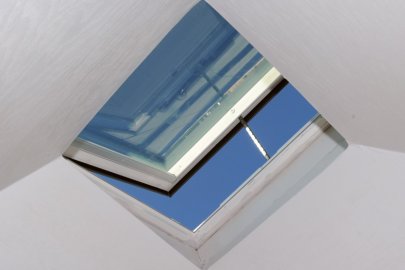 When properly selected and installed, an energy-efficient skylight can help minimize your heating, cooling, and lighting costs.
When properly selected and installed, an energy-efficient skylight can help minimize your heating, cooling, and lighting costs.
Cold Weather Window Tips
- Install tight-fitting, insulating window shades on windows that feel drafty after weatherizing. Consider insulated cellular shades, which are “honeycombed” and can be raised or lowered. Obtain energy efficiency ratings for window attachments from the Attachments Energy Rating Council.
- Close your curtains and shades at night to protect against cold drafts; open them during the day to let in warming sunlight.
- Apply low-e film on the inside of your windows to keep heat from radiating out. Films are rated by the NFRC and will be rated by the AERC.
- Alternatively, install low-e exterior or interior storm windows, which can save you 12%–33% on heating and cooling costs, depending on the type of window already installed in the home. They should have weatherstripping at all movable joints; be made of strong, durable materials; and have interlocking or overlapping joints.
- Repair and weatherize your current storm windows, if necessary.
Warm Weather Window Tips
- Install white window shades, drapes, or blinds to reflect heat away from the house. It is always best to install exterior shades whenever possible
- Close curtains on south- and west-facing windows during the day.
- Install awnings on south- and west-facing windows to create shade.
- Apply sun-control or other reflective films on south-facing windows to reduce solar heat gain. In hot climates, consider adding them to east, west, and south-facing windows.
Subscribe to Energy Saver Updates
Subscribe to receive updates from Energy Saver, including new blogs, updated content, and seasonal energy saving tips for consumers and homeowners.


